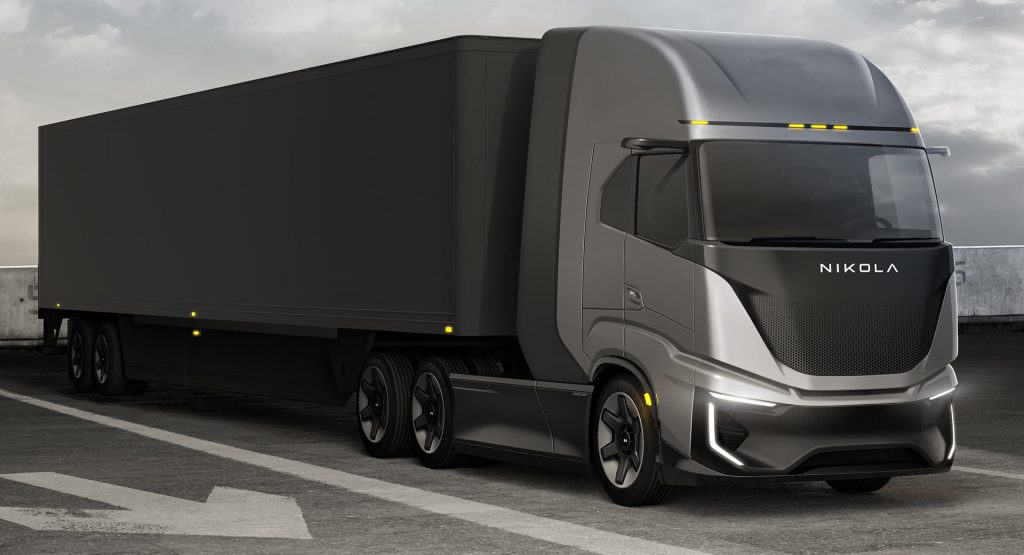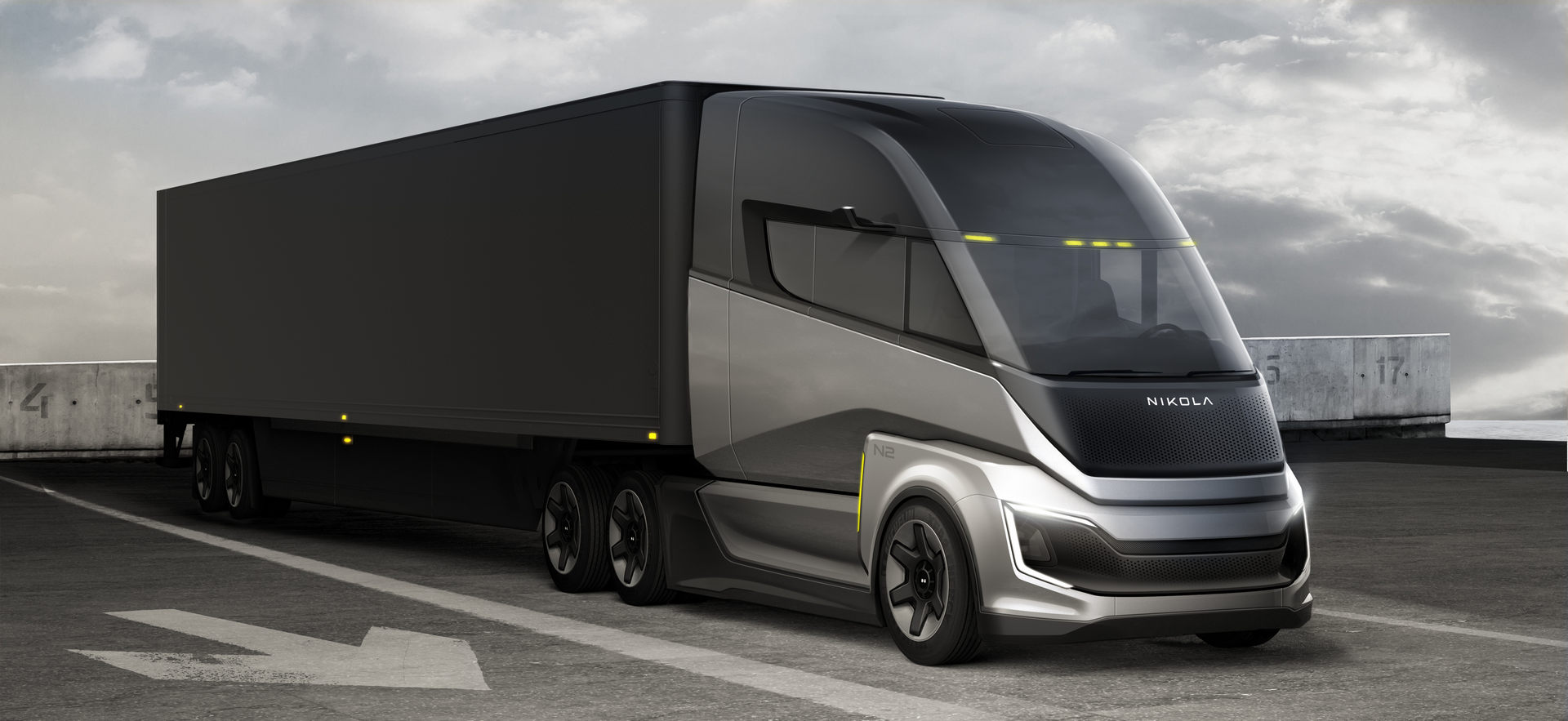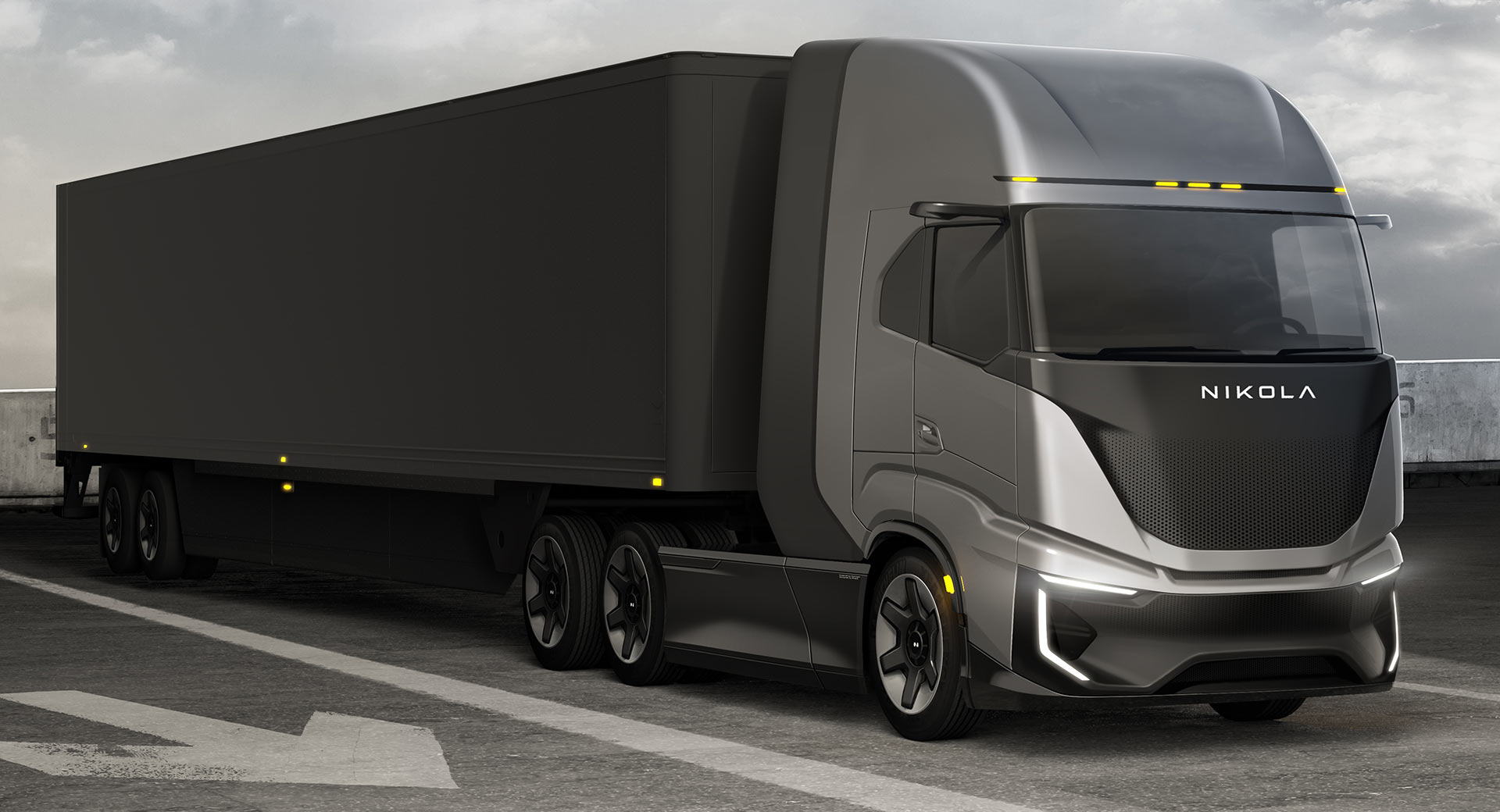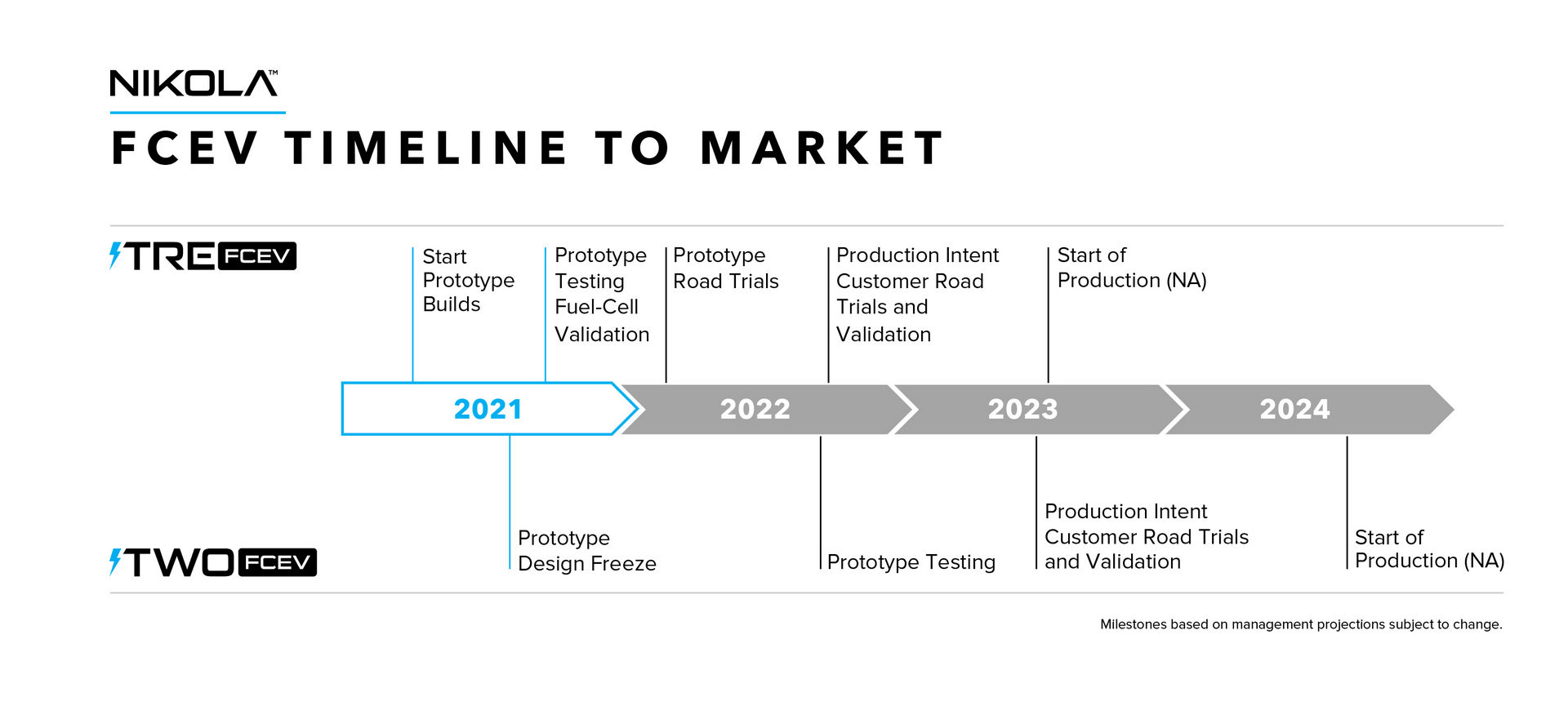Nikola has been very quiet since its deal with General Motors was significantly scaled down in November 2020, but it has now detailed its plan for all-electric and hydrogen fuel-cell trucks.
The company will first launch an all-electric version of the Tre truck that will have a range of up to 300 miles (482 km) in North America, with a focus on metro and regional transportation. Following the launch of this model, Nikola will release a hydrogen fuel-cell version of the Tre that provides a range of up to 500 miles (804 km) with a focus on regional transportation. Last, but not least, will be the largest Two FCEV Sleeper focused on long-haul trucking with 900 miles (1,448 km) of range.
Read Also: GM And Nikola Reach Revised Agreement, Badger Truck Plans Effectively Dead
Nikola will start building prototypes of the Tre FCEV in Arizona and Germany in the second quarter of this year and continue validation into 2022. Current plans call for production of the truck to begin in the second half of 2023. By comparison, prototype testing of the Two FCEV will start in the second half of 2022, with production penciled in for the second half of 2024.
Both the Nikola Tre and Nikola Two FCEVs will utilize common fuel-cell power modules and scalable hydrogen storage systems that are currently in development.
“Our plan is to enter the market in steps,” Nikola’s global head of FCEV Jason Roycht said. “We are building on the current Tre platform with the planned launch of our fuel-cell and hydrogen storage systems in 2023. These systems are designed to be scalable in order to handle the greater power and longer-range requirements for long-haul, which allows for concurrent integration into the chassis design of the Nikola Two FCEV Sleeper. Utilizing common components and systems for hydrogen propulsion will support greater economies of scale and also allow Nikola to continuously expand and adapt our FCEV truck portfolio to address the diverse requirements of commercial trucking.”






